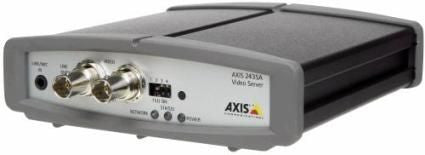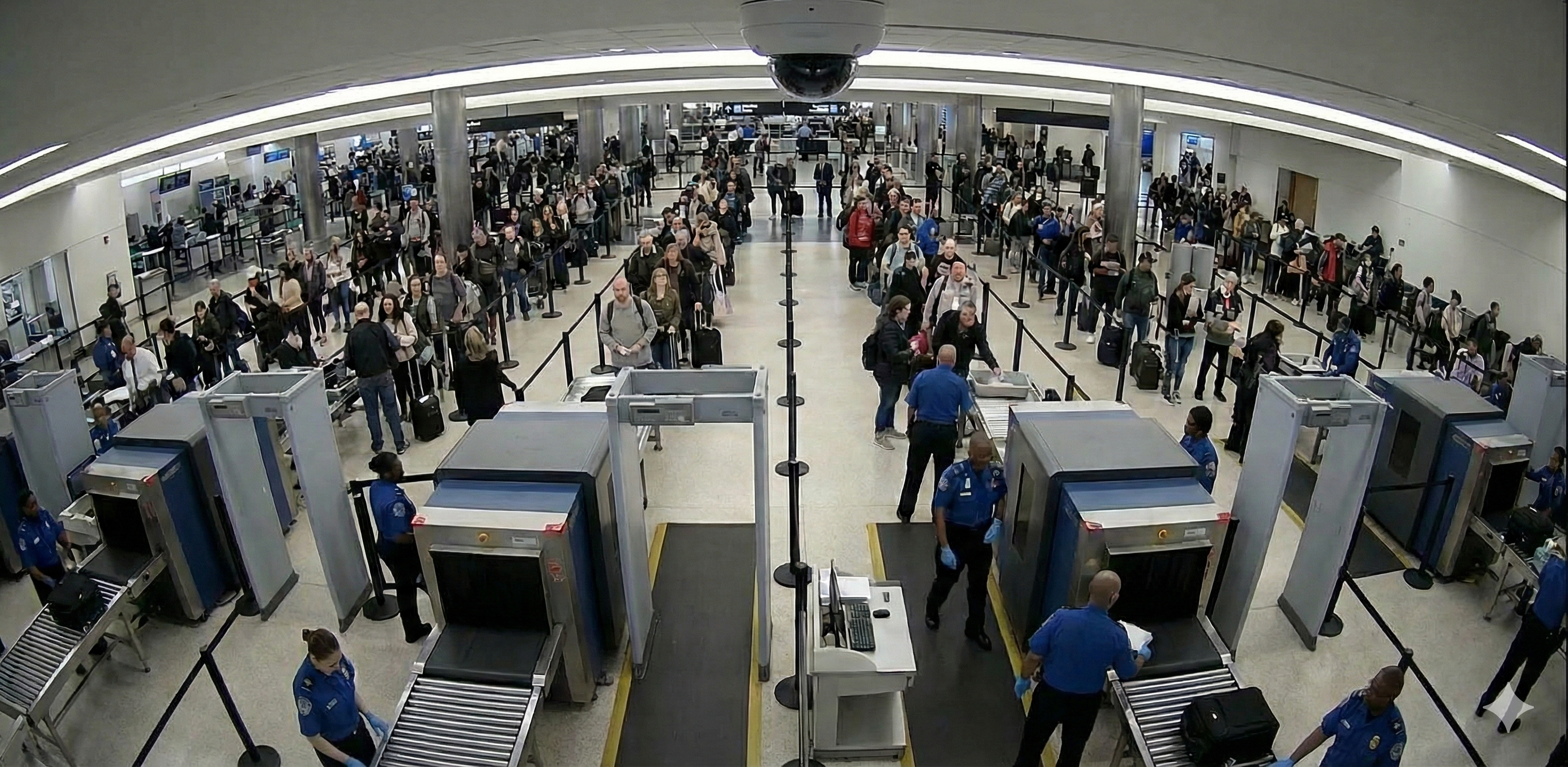

AXIS
AXIS 243SA (0256-004) 1 CH Video Server
Replaced by: Q7401 (0288-004)
Choose options
Replaced by: Q7401 (0288-004)
Replaced by: Q7401 (0288-004)
AXIS 243SA Features
Discontinued & Replaced by the AXIS Q7401 (0288-004)
- Compatible with Over 25 Analog Camera Manufacturer's Products
- Allows Pan, Tilt and Zoom over the IP Network
- Provides Two-Way Audio Functionality
- Uses Both MPEG-4 and Motion JPEG Codecs
- De-Interlaces Video, Providing Digital Quality
- Allows HTTPs Encryption, IP Address Filtering and Multiple User Access Levels
- Advanced Event Management Features
- Includes Application Programming Interface
- Includes AXIS VAPIX and AXIS Media Control SDK
- Embedded Flash Memory for Application Uploads
AXIS 243SA Overview
The AXIS 243SA (0256-004) video server is designed for use in facilities where analog cameras are already installed but where digital features need to be utilized. The AXIS 243SA video server allows the use of over 25 different analog cameras and provides full pan, tilt and zoom functionality over the IP network. The AXIS 243SA video server also allows the addition of advanced features, such as motion detection, to the existing system. This video server is suitable for use in high-security areas, such as prisons, airports and other facilities where a robust, professional solution is required.
The AXIS 243SA video server is provided with the ability to monitor in MPEG-4 and Motion JPEG formats. The device can de-interlace images, providing excellent quality, digital images from analog cameras. The AXIS 243SA video server provides 4CIF resolution at a full 30 frames per second for NTSC systems and at 25 frames per second for PAL. This device is also capable of providing alarm notification, advanced event management and image upload capabilities. The device also supports advanced network security protocols.
The AXIS 243SA video server supports HTTPs encryption, IEEE 802.1x authentication and multiple user access levels. It also supports Quality of Service (QoS) for advanced management of network bandwidth resources. The AXIS 243SA video server also allows the user to engage in two-way audio communication with visitors or intruders in the area being monitored.




